How the mind can make sense of quantum physics in more ways than one.


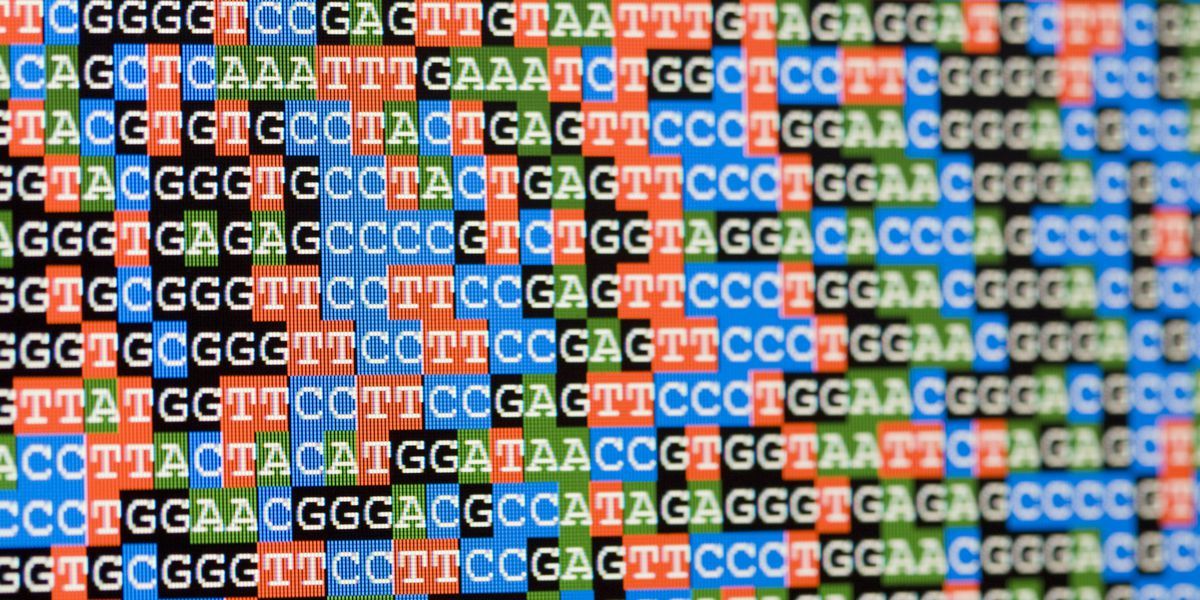
A new breakthrough will make DNA sequencing much more accurate and accessible, meaning it’s only a matter of time before your doctor starts doing it.
Getty Images alanphillips
Imagine you’re visiting your doctor for a checkup. Your doctor takes all the usual measurements like your height, weight, heart rate, and blood pressure, and then tells you she’s going to sequence your DNA.
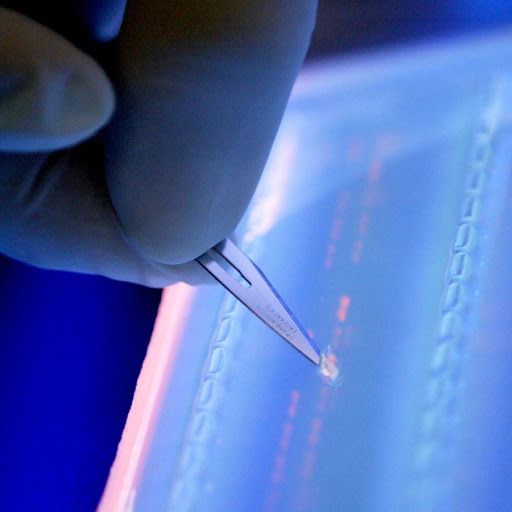
A scientist cuts a DNA fragment under UV light for DNA sequencing. Image: AP Five years ago, when researchers first discovered that bacterial immune systems could be hijacked to edit DNA in living creatures, it was big news. The technology, called CRISPR, allowed scientists to more easily than ever cut and paste all those As, Cs, Ts, and Gs that make up the base pairs of DNA and encode the world’s living things. With CRISPR, scientists could use genetic engineering to tackle problems from disease to famine. But gene editing with CRISPR is so 2017. Recently, scientists have begun exploring n…
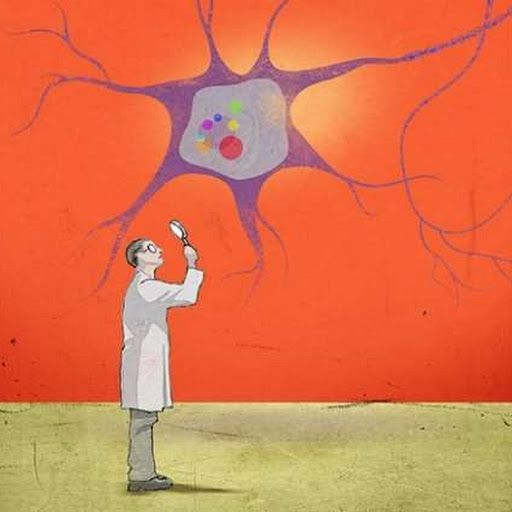
New Whitehead Institute research may prove to be a useful paradigm for targeting diseases caused by abnormal methylation. Credit: Steven Lee/Whitehead Institute Fragile X syndrome is the most frequent cause of intellectual disability in males, affecting one out of every 3,600 boys born. The syndrome can also cause autistic traits, such as social and communication deficits, as well as attention problems and hyperactivity. Currently, there is no cure for this disorder. Fragile X syndrome is caused by mutations in the FMR1 gene on the X chromosome, which prevent the gene’s expression. This abs…
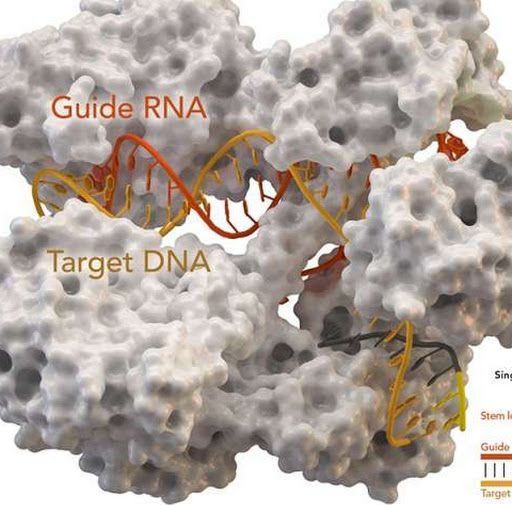
CRISPR-associated protein Cas9 (white) from Staphylococcus aureus based on Protein Database ID 5AXW. Credit: Thomas Splettstoesser (Wikipedia, CC BY-SA 4.0) A team of researchers with the Catholic University of America has found evidence that suggests a defense mechanism used by bacteria to ward off phage attacks might also be benefiting the phages. In their paper published on the open access site Science Advances, the group describes testing the impact of CRISPR-Cas9 on phages that infect Escherichia coli and what they found. In nature, CRISPR-Cas9 is a defense mechanism used by bacteria t…
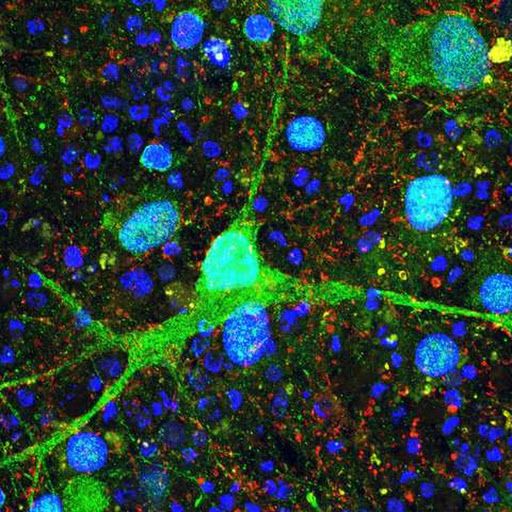
This Purkinje neuron was derived from patients with tuberous sclerosis and model properties of the disease at the cellular and molecular level. Sundberg and colleagues first created induced pluripotent stem cells (iPSCs) from patients’ blood cells or skin cells, then differentiated them into neural progenitor cells and finally Purkinje cells. Credit: Courtesy Maria Sundberg, PhD, Sahin Laboratory, Boston Children’s Hospital Increasing evidence has linked autism spectrum disorder (ASD) with dysfunction of the brain’s cerebellum, but the details have been unclear. In a new study, researchers…
Is ageing a disease? One that can be ‘cured’? BBC’s Gabriela Torres meets the self-experimenters and scientists who are trying to dramatically extend our lives.
Please subscribe HERE http://bit.ly/1rbfUog
World In Pictures https://www.youtube.com/playlist?list=PLS3XGZxi7cBX37n4R0UGJN-TLiQOm7ZTP
Big Hitters https://www.youtube.com/playlist?list=PLS3XGZxi7cBUME-LUrFkDwFmiEc3jwMXP
Just Good News https://www.youtube.com/playlist?list=PLS3XGZxi7cBUsYo_P26cjihXLN-k3w246
A Dutch company called QuTech, working with Intel, just pulled off a silicon chip-based quantum computer. The future’s looking good for spooky action.

Every year, millions of people around the world die from drinking unclean water. Now, researchers have developed a process that can purify water, no matter how dirty it is, in a single step. Scientists from Australian research organization CSIRO have created a filtration technique using a graphene film with microscopic nano-channels that lets water pass through, but stops pollutants. The process, called “Graphair”, is so effective that water samples from Sydney Harbor were safe to drink after being treated.
And while the film hails from graphene, Graphair is comparatively cheaper, faster and more environmentally-friendly to make, as its primary component is renewable soybean oil, which also helps maximise the efficiency of the purifying technique’s filter counterpart. Over time, oil-based pollutants can impede water filters, so contaminants have to be removed before filtering can even begin, but using Graphair removes these pollutants faster than any other method.
Water purification usually involves a complex process of several steps, so this breakthrough could have a significant impact on the some 2.1 billion people who don’t have clean, safe drinking water. “All that’s needed is heat, our graphene, a membrane filter and a small water pump. We’re hoping to commence field trials in a developing world community next year,” said lead author Dr Dong Han Seo, who added that the team is looking for industry partners to help scale up the technology, and is also working on other applications for Graphair, such as seawater and industrial effluents.
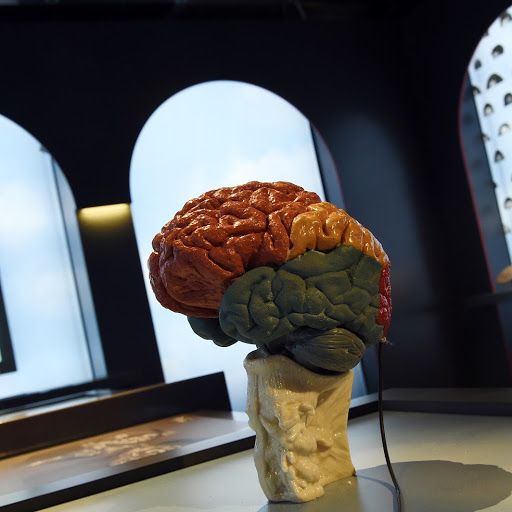
An experimental treatment completely reversed Alzheimer’s disease in mice by reducing the levels of a single enzyme in the animals’ brains. The results further bolster the theory that amyloid plaques are at the root of this mysterious brain disease, and that addressing these plaques could lead to an eventual cure for Alzheimer’s. The study, published February 14 in the Journal of Experimental Medicine, found that slowly reducing levels of the enzyme BACE1 in mice as they aged either prevented or reversed the formation of amyloid plaques in the brain, a hallmark sign of Alzheimer’s disease…